Explainer: How Yemeni military chased away US aircraft carrier from Red Sea?
By Ivan Kesic
As the Israeli genocidal war against Palestinians and Lebanese, enabled by the United States and other Western states, rages on, the Yemeni military also continues its operations in regional waters.
The past few weeks have witnessed a series of events that once again attest to the Yemeni nation’s unflinching determination and resolve to resist the Israeli, American, and British aggressors.
In its latest successful operation, Yemeni naval forces chased away another US aircraft carrier and destroyer from the Red Sea, forcing it to cease its hostile operations against the Arab country.
It came after the Anglo-American duo, following Yemeni retaliatory hypersonic strikes on occupied Palestinian territories, launched a series of attacks lasting several days on Yemeni cities.
The resilient Yemenis struck back, targeting US warships with drones and missiles, forcing them to retreat from the regional waters.
USS Abraham Lincoln aircraft carrier leaving Red Sea after attacks off Yemen coasthttps://t.co/ljMWxWR8ZW
— Press TV 🔻 (@PressTV) November 19, 2024
What preceded Yemeni strikes on US warships?
The Yemeni naval operation was a response to multiple aggressive strikes by the American-British coalition on different Yemeni cities, targeting civilians.
On November 9, two airstrikes were launched on the at-Tuhayta district, and the same evening the al-Garrahi district, in the country’s strategic western province of Hudaydah.
The next day, on November 10, the aggression continued with four more aerial assaults targeting the Jarban area of the Sanhan district in the capital Sana’a.
Airstrikes were also launched on the Haffa area of the same province, as well as two other strikes on the Harf Sufyan district in the northwestern province of 'Amran.
On the third consecutive day, November 11, two more strikes pounded the al-Rahba area in the as-Safra district of Sa’ada province and seven more locations in the Harf Sufyan district.
Local Yemeni media did not report in detail on human casualties or material damage but warned the Zionist enemy that a retaliatory strike was imminent.
Hizam al-Assad of the Ansarullah political bureau stated that the aggression would only strengthen Yemen’s determination to continue supporting Gaza and Lebanon amid the ongoing genocide.
The series of Anglo-American attacks came just one day after Yemeni forces announced that it struck the Israeli Nevatim airbase in the al-Naqab region of southern occupied Palestine with a Palestine-2 hypersonic missile.
According to regional observers, this proves coordination with the Tel Aviv regime and makes Washington and London direct participants in Israeli aggression throughout the region.
Yemen’s armed forces target Israeli airbase amid nationwide pro-Palestinian rallies@Yousef_Mawry reports from Sana’a. pic.twitter.com/MzFmUw4ABo
— Press TV 🔻 (@PressTV) November 23, 2024
How did Yemen respond to US-UK aggression?
Showing that they would not stop with their retaliatory strikes on occupied Palestine, only two days after Anglo-American strikes, the Yemeni military launched another hypersonic missile, this time at the Nahal Sorek base southeast of Jaffa.
A day later, on November 12, a complex operation began against the Abraham Lincoln Carrier Strike Group in the Red Sea and the Indian Ocean.
First, the aircraft carrier Abraham Lincoln was targeted in the Indian Ocean, using cruise missiles and drones, and then two destroyers were attacked with ballistic missiles and drones.
Brigadier General Yahya Saree, the spokesman for the Yemeni military, called the operation a response to Anglo-American aggression and a continuation of support for the Palestinian and Lebanese people.
He explained that the two separate attacks lasted a total of eight hours and that Yemeni forces targeted these warships because they were preparing new strikes on Yemen.
Saree hastened to add that Yemeni retaliatory strikes neutralized the British-American planned attack and that the operation had therefore successfully achieved its goals.
Yemen fires hypersonic missile at Israeli airbasehttps://t.co/aeaNO0UDlR
— Press TV 🔻 (@PressTV) November 22, 2024
What did the US military claim?
The Pentagon press secretary Pat Ryder confirmed the attacks, saying the two US destroyers were targeted while they were sailing through the Bab el-Mandeb Strait by at least eight drones, five anti-ship ballistic missiles and three anti-ship cruise missiles.
He said the warships were the Arleigh Burke-class USS Stockdale and USS Spruance guided missile destroyers but claimed that the aircraft carrier was not targeted and was not with the destroyers.
Nevertheless, he confirmed that F-35C Lightning II fighters have previously operated from the Nimitz-class USS Abraham Lincoln aircraft carrier, attacking Yemeni targets.
What damage was caused by Yemeni operations?
The summarized outcome of the Yemeni naval operation has been the temporary end of Anglo-American attacks on Yemen, the withdrawal of the Abraham Lincoln Carrier Strike Group from the region, and the continuation of Yemeni retaliatory strikes on occupied Palestine.
Despite American claims of successfully repelling the attack, Yemeni military sources did not specify whether they hit the warships, saying only that they successfully thwarted new attacks.
Americans have neither confirmed nor denied that Yemeni strikes targeted their warships, which experts believe is proof in itself that the Yemeni operation was successful and result-oriented.
On the other hand, eyewitnesses from the Yemeni coast testified to local media about large fireballs in the distance that were more like powerful direct hits than lukewarm downing explosions.
Yemen is known to have a powerful arsenal of anti-ship weapons, which, in addition to various types of drones, include Mandab-1, Mandab-2, Sayyad, Quds and Sejjil anti-ship cruise missiles, as well as Asef, Mohit, Tankil, Falaq, Al-Bahr al-Ahmar and Mayun anti-ship ballistic missiles.
Most of these advanced missiles have a range of several hundred kilometers and powerful warheads weighing tens or hundreds of kilograms, suitable for targeting large enemy warships.
Yemeni army vows to target Israel-linked ships until Gaza genocide ends
— Press TV 🔻 (@PressTV) September 4, 2024
Press TV's Yousef Mawry reports from Sana'a#GazaGenocide pic.twitter.com/m8TlSMmhjW
What is the outcome of the Yemeni operation?
In addition to halting further attacks on Yemen, further signs of American failure emerged a week later when it was announced that the Abraham Lincoln aircraft carrier was withdrawing from West Asia.
According to the United States Naval Institute (USNI), the Nimitz-class warship has entered the US 7th Fleet, which means it retreated into the eastern Indian Ocean.
This move marks the second time the region is without American aircraft carriers, after the last time in June this year, although two carrier groups, Abraham Lincoln and Theodore Roosevelt, were operating in September.
On November 23, after eleven days of slow sailing in the Indian Ocean and avoiding ports, the USS Abraham Lincoln entered the Malaysian Port Klang, according to available evidence.
A day earlier, Yemen carried out a new attack with a Palestine-2 hypersonic missile on the Nevatim Airbase in occupied Palestine, reaffirming that it will not back down from helping Palestine and that it will not be intimidated by Anglo-American attacks.
VIDEO | Venezuelans demonstrate in support of kidnapped president Nicolas Maduro
Venezuela’s independence, sovereignty ‘non-negotiable’: Ambassador to Iran
Kidnapped Maduro to appear in New York court with protests expected outside
Iran’s Judiciary chief warns rioters will face firm action without leniency
Monitor group: Israeli forces, settlers carried out nearly 24,000 attacks in 2025
VIDEO | American lawlessness: This time in Venezuela
Explainer: Why the United States incarcerates more people than any other country
VIDEO | Iranian security forces arrest Mossad agent operating among rioters


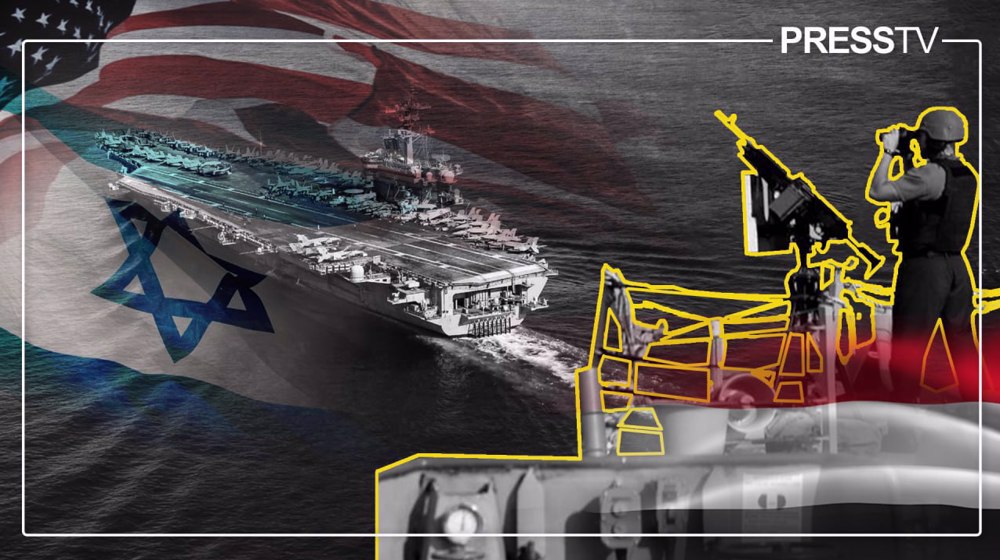
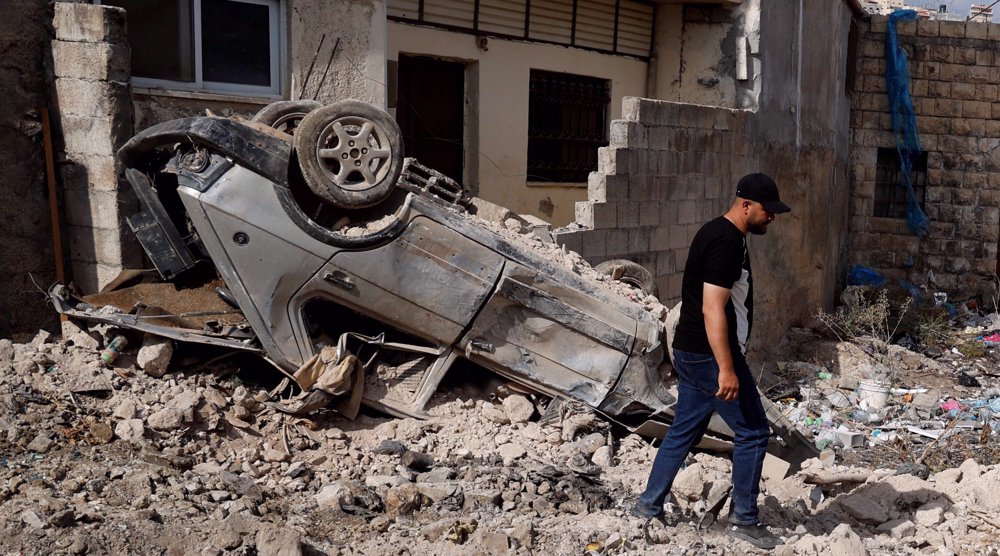





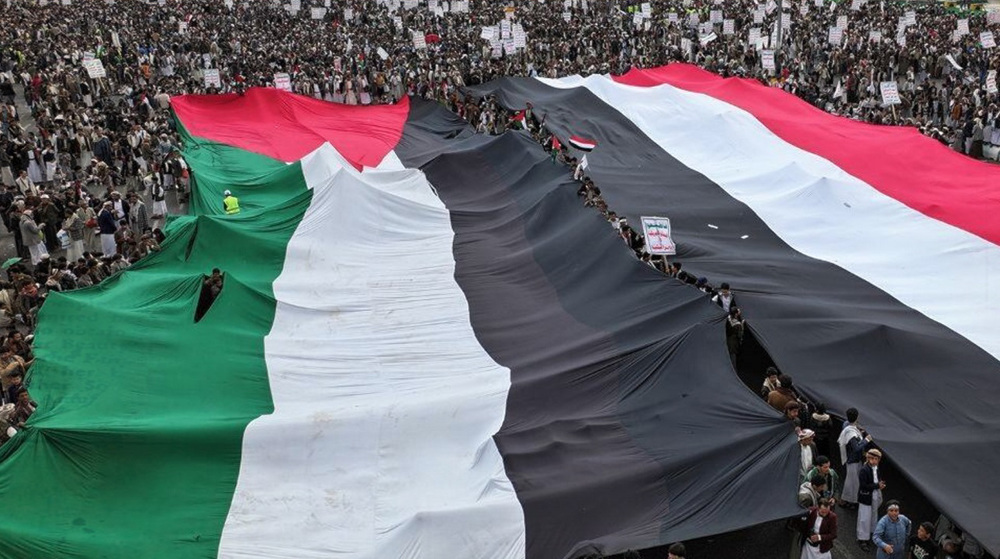

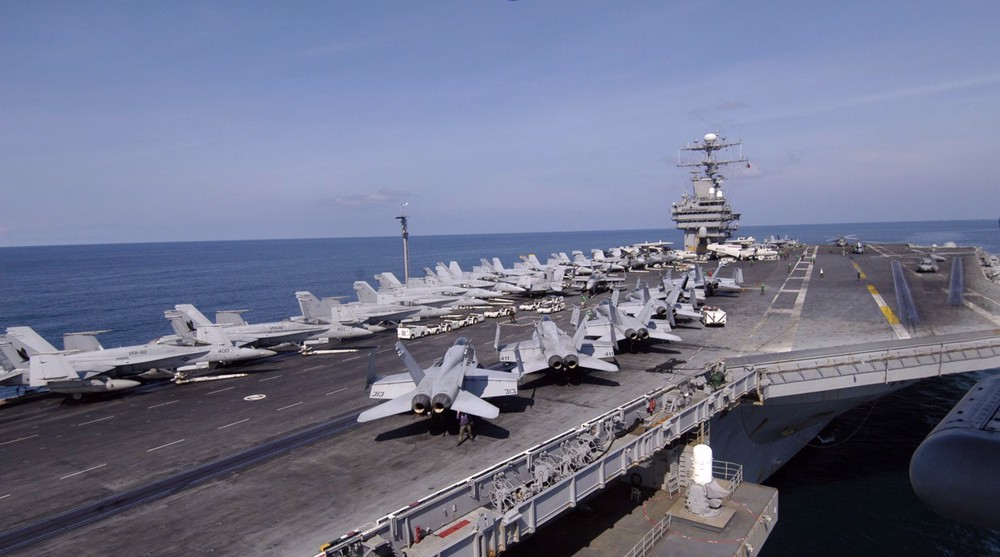

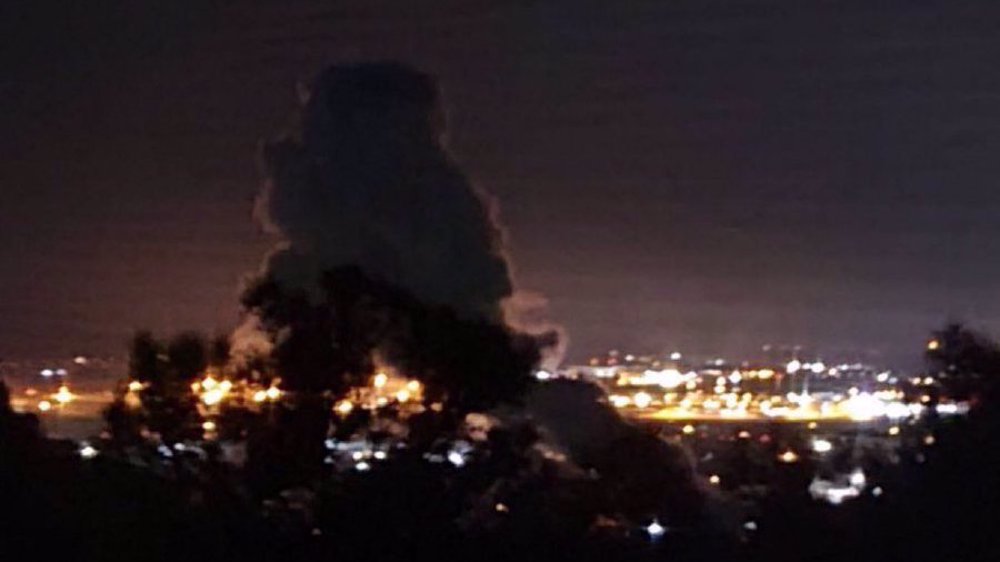

 This makes it easy to access the Press TV website
This makes it easy to access the Press TV website